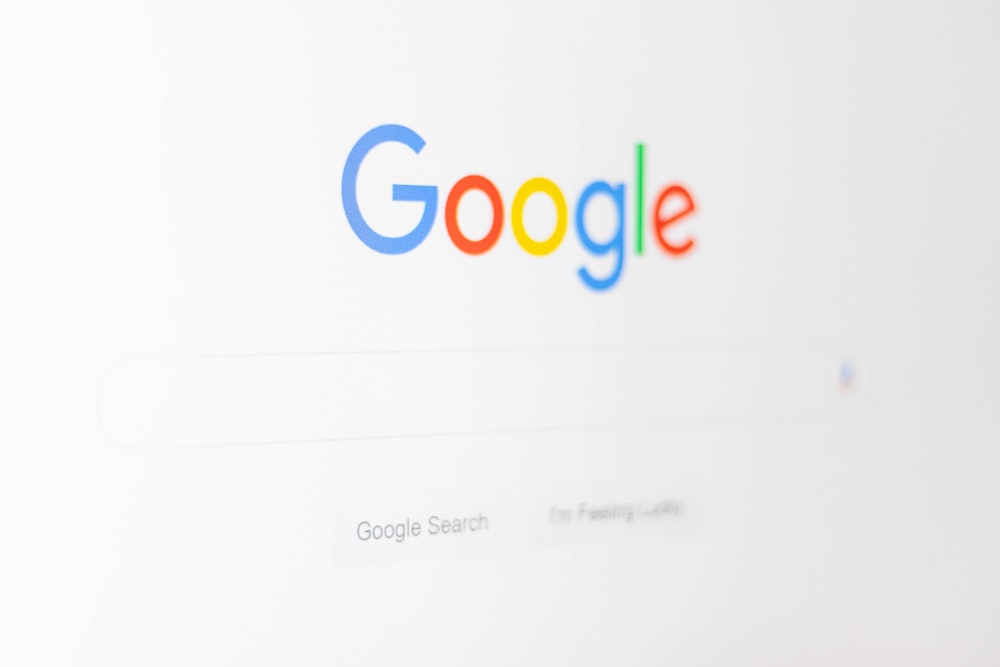Google Is Heading a New Direction
Late last year, Google celebrated its 20th anniversary. On this important milestone, Google announced that it aims to improve Google Search in the next 2 decades. They are closing a chapter, and start a new chapter.

What does the future holds for Google?
If you haven’t heard about it, I published a post called The New Google Search Is Here!
What Google reiterated?
They shared that there would be old principles that would remain relevant:
- The FOCUS on the user. The user should come first despite the shift. Whether they are looking for songs, they are downloading content, or merely exploring the web, they should always be the priority.
- Information is given as fast as possible. The Page Rank algorithm of Google continues to value the speed of sharing information. Of course, the information should also be relevant and useful to the user.
- Applying an algorithmic approach. Billions of searches are inputted on Google’s search bar every single day. 15% of these searches are new. So, it means Google is also learning from these searches entered by the user. One way to handle the enormous scale of queries and searches is through an algorithmic approach. Consider the searches of yesterday, and anticipating related searches in the future.
- Test before adding new changes. Lastly, it is always important to test the changes. Google provided a set of rater guidelines for the public to read. In 2017 alone, Google was able to run over 200,000 tests that produced more than 2,400 changes in search patterns.
What does this mean for YOU?
Continue to:
- Prioritize the users.
- Remain useful and accurate.
- Keep up with the different algorithm updates.
- Abide with Google’s rating guidelines.
These changes would also mean a shift of direction for Google Search:
- Remembering the user’s journey.
- Google is not only concerned with giving answers. They want to part of the user’s journey, and allow the users to “continue where they left off.”
- This is evident in their services like Google Chrome. Now, people can restore their recently closed tab. Also, users have the option to restore their last session. Additionally, Google can provide related searches and recommend content basing from the search history.
- Giving answers even if users don’t make a query.
- Now, Google focuses on the “future.” It anticipates what the user might want. Google aims to help without needing to search.
- How? Through Google Discover! This new venture intends to provide evergreen content. Basing from the user’s preferences, Google Discover will suggest content that the users might like.
- Moving towards multimedia content.
- Google is becoming more visual. Instead of focusing on texts, they are making it a point to add more visual capabilities.
- They are making algorithmic changes to accommodate more videos and provide them with closed captions (CC). Newly released videos are given a general overview on several topics.
- Also, image searches have changed. Google now gives better rankings to the content with captions. This is why you should always provide alt text to your images.
- Lastly, Google Lens helps you to search what you see. It allows users to do a visual search based on objects detected by the camera. Google’s AI can recognize images, scan and translate texts.



